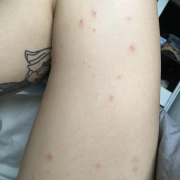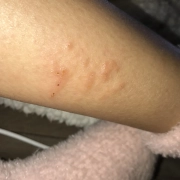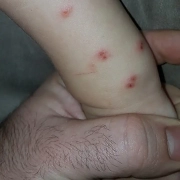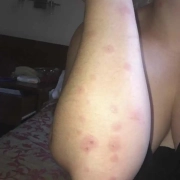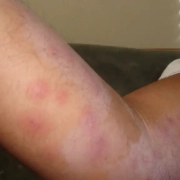What Do Bed Bug Bites Look Like On Black People?
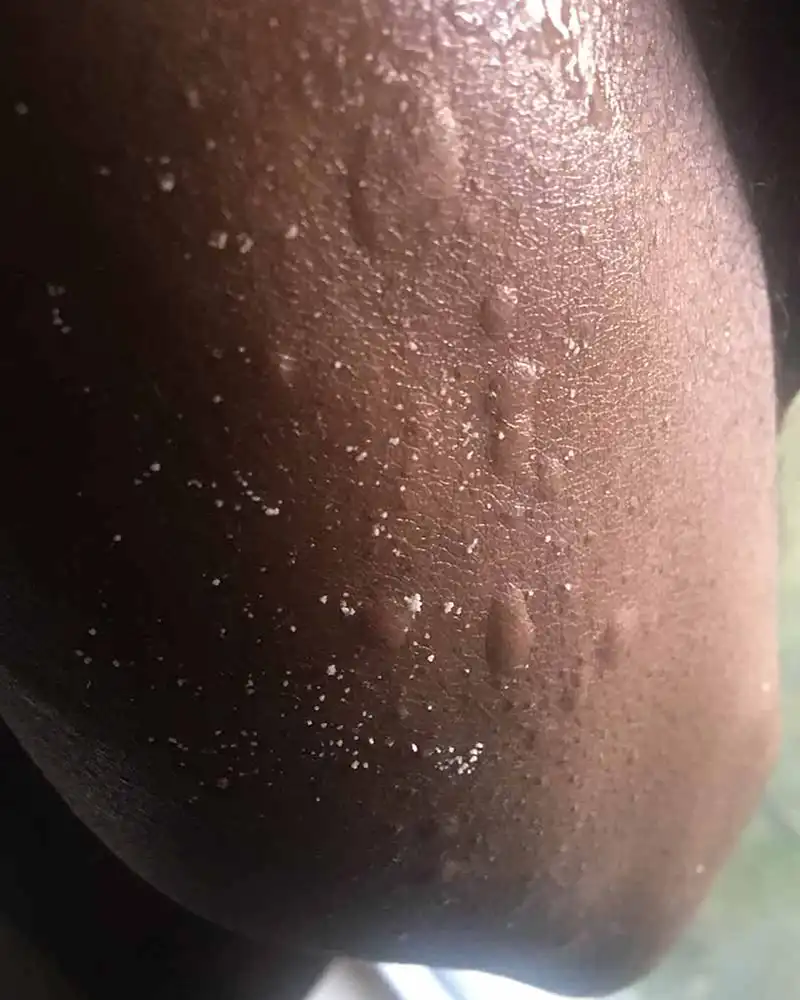
Bed Bug Bites on Black Skin
Color Differences
When bed bugs bite, the appearance of the bite marks can vary based on the individual's skin tone. On Black skin, bed bug bites may not appear as vividly red as they do on lighter skin tones. Instead, they might manifest as faint pink, purplish, or even brown marks. This difference in coloration is due to the melanin in the skin, which can mask the redness caused by the bites.
Over time, these bites may also darken due to a process called post-inflammatory hyperpigmentation. This means that even if the initial bite marks seem subtle, they can become more noticeable as they darken, making it important to keep an eye on any changes in the appearance of the bites.
Importance of Bite Pattern
Apart from the color of the bites, the pattern in which they appear on the skin is also crucial for identification. Bed bug bites typically occur in clusters or lines, often forming a zigzag pattern on the skin. This distinctive bite pattern can help differentiate bed bug bites from those of other insects or skin conditions.
Even if individual bites are subtle or not immediately noticeable, the presence of clusters or lines of bites should raise suspicion of bed bugs. Therefore, it's essential to carefully examine the skin for these patterns, especially in areas where bed bugs are commonly found, such as around the mattress or bedding.
Differential Diagnosis
While bed bug bites have specific characteristics, it's important to consider other possibilities when identifying skin reactions. Various insect bites, such as those from mosquitoes or fleas, can also cause similar-looking marks on the skin. Additionally, skin conditions like eczema or allergic reactions may mimic the appearance of bed bug bites.
If unsure about the cause of the skin reactions, it's advisable to consult a doctor or dermatologist for a proper diagnosis. They can perform a thorough examination and may recommend additional tests if necessary to determine the cause of the bites accurately.
When dealing with bed bug bites on Black skin, understanding the variations in color, paying attention to the bite pattern, and considering differential diagnoses are all essential for accurate identification and appropriate treatment.
Understanding Bed Bug Bites: General Characteristics

Bed bug bites can be easily identified by their distinct characteristics. Let's delve deeper into what these bites look like, where they tend to occur, and the symptoms they provoke.
Appearance of Bed Bug Bites
Bed bug bites often manifest as raised bumps known as papules or welts. They can vary in appearance:
- Raised Bumps: These bumps may protrude from the skin, giving a textured feel.
- Redness and Inflammation: The affected area usually appears red and inflamed, indicating a reaction to the bed bug's saliva.
- Blistered Skin: In some cases, the bites may develop blisters, especially if the individual has a severe allergic reaction.
- Size and Shape: Bed bug bites can be small, flat, or round, depending on factors like the individual's skin sensitivity and the number of times they've been bitten.
- Arrangement: They may appear in a line, zigzag pattern, or cluster, reflecting the bed bug's feeding behavior.
Bed bug bites on human legs
Location of Bed Bug Bites
Bed bug bites predominantly occur in areas exposed during sleep. Common locations include:
- Arms
- Legs
- Shoulders
- Neck
- Face
Since bed bugs are nocturnal creatures, they tend to feed on areas closest to their human hosts while they're asleep.
Bed bug bites on human arms
Symptoms of Bed Bug Bites
Recognizing the symptoms of bed bug bites is crucial for prompt treatment. These may include:
- Itchiness: The most prominent and immediate symptom experienced by most individuals. The itchiness can range from mild to severe and may persist for several days.
- Burning Sensation: Alongside itching, some people may feel a burning sensation at the site of the bite.
- Difficulty Sleeping: Discomfort caused by itching and irritation can lead to difficulties in falling or staying asleep.
- Severe Cases: In rare instances or with extreme allergic reactions, additional symptoms may occur, such as swollen lymph nodes or secondary infections resulting from excessive scratching.
Understanding these general characteristics of bed bug bites can help individuals identify them early, seek appropriate treatment, and take necessary steps to eradicate bed bugs from their surroundings. If you suspect bed bug infestation, it's advisable to consult a pest control professional for thorough inspection and extermination.
Additional Signs of a Bed Bug Infestation
1. Live Bed Bugs:
Live bed bugs are a clear indicator of an infestation. These pests are typically reddish-brown in color, oval-shaped, and appear flat. They can be found hiding in various places such as mattress seams, cracks in furniture, and electrical outlets.
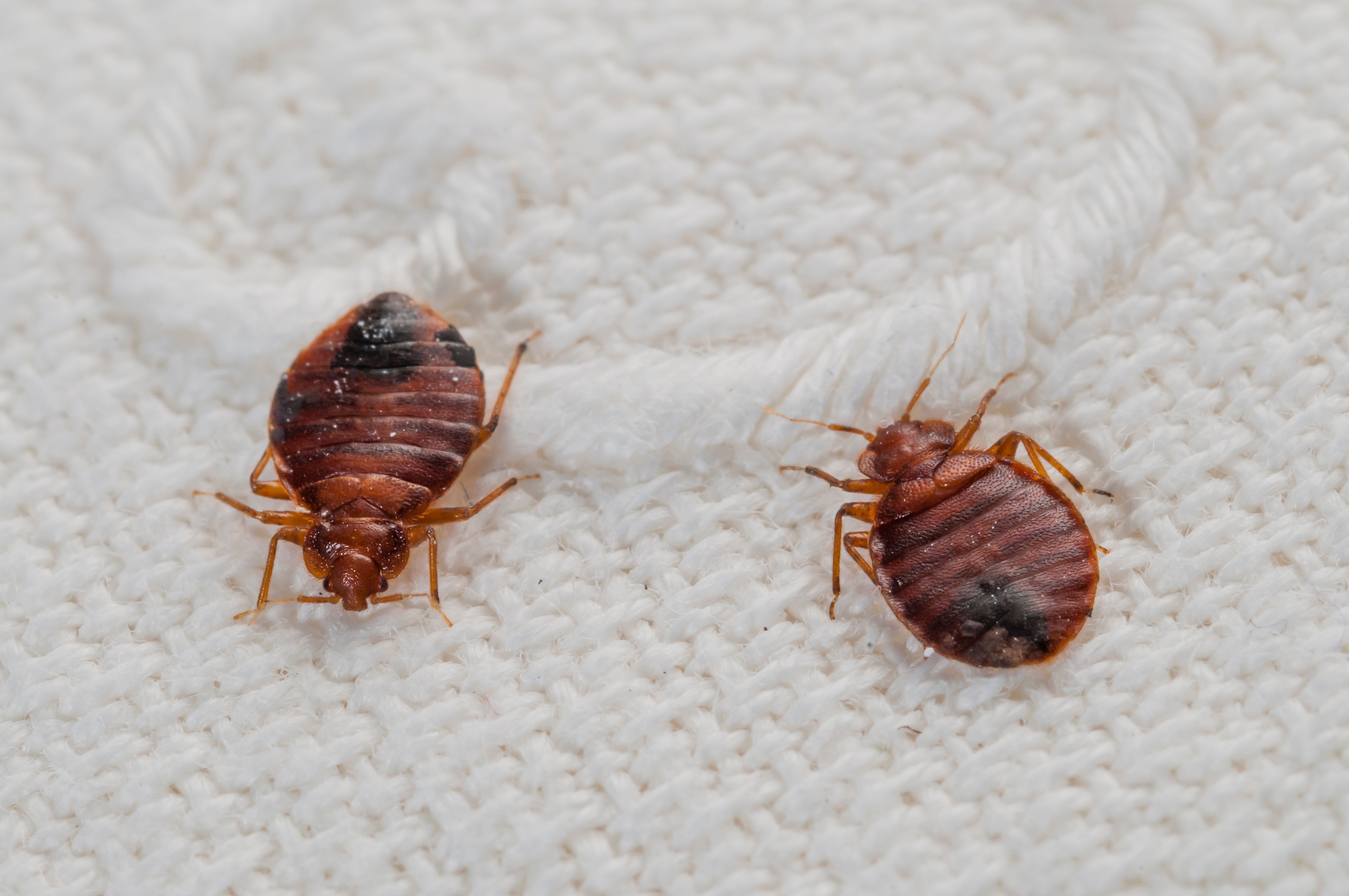
2. Shed Bed Bug Skins:
As bed bugs grow, they shed their exoskeletons, leaving behind translucent shells. Finding these discarded skins around your home, particularly in areas where bed bugs are likely to hide, indicates an active infestation.
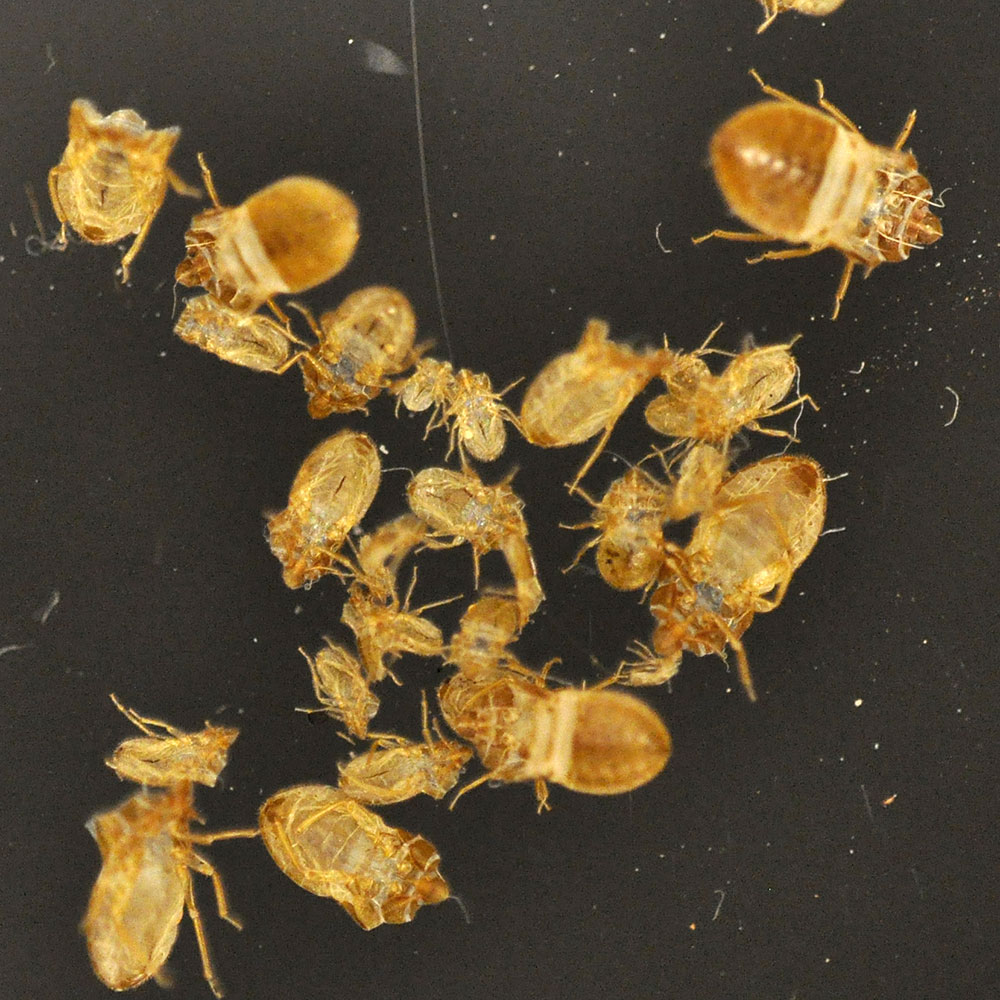
3. Dark Spots (Bed Bug Droppings):
Bed bugs leave behind dark spots or stains on surfaces they infest. These spots are actually their excrement and are often found on bedding, furniture, and walls. They resemble small black dots and are a clear sign that bed bugs are present.
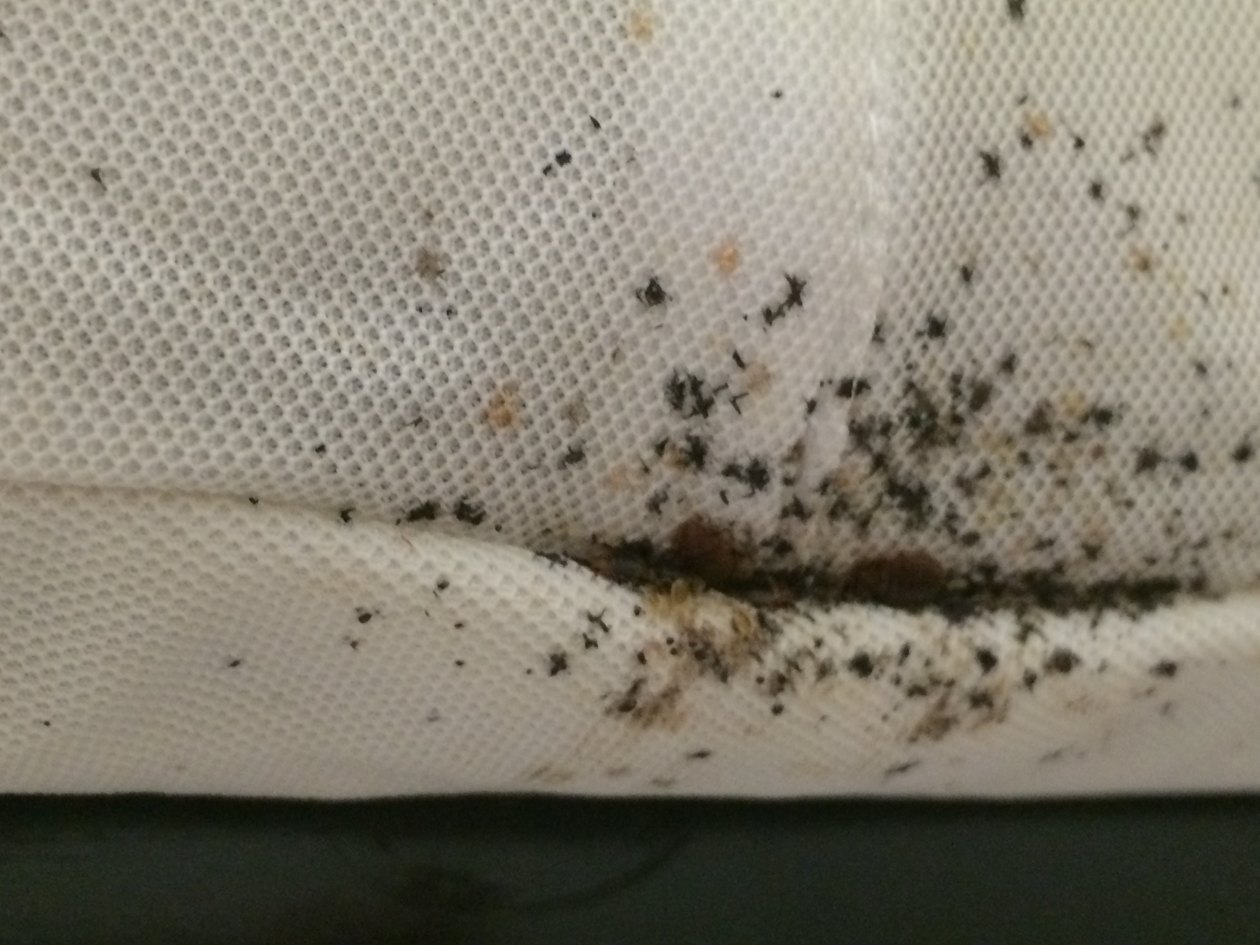
Bloodstains on Bedding or Furniture:
Bed bugs feed on blood, usually while their host is asleep. If you notice bloodstains on your bedding or furniture, it could be a result of bed bugs being accidentally crushed while feeding. These stains are typically reddish-brown and may appear in clusters or streaks.

Frequently Asked Questions (FAQ'S)
Q. What do bed bug bites look like on black people?
Bed bug bites on black people may appear similarly to bites on individuals of any other skin tone. They typically manifest as red, itchy welts or bumps, often arranged in clusters or lines.
Q. Are bed bug bites different on black skin compared to other skin tones?
While bed bug bites can look slightly different on black skin due to variations in pigmentation, the general appearance and symptoms remain consistent, including redness, swelling, and itching.
Q. Can bed bug bites cause dark spots on black skin?
Bed bug bites can lead to hyperpigmentation or dark spots on black skin, especially if scratched excessively. However, proper treatment and avoidance of scratching can help prevent or minimize discoloration.
Q. How do bed bug bites on black people compare to other skin types?
Bed bug bites on black individuals may sometimes appear more pronounced due to differences in melanin levels, but the symptoms and reactions are generally similar across different skin tones.
Q. Should I seek medical attention for bed bug bites on black skin?
If experiencing severe allergic reactions or signs of infection, seek medical attention regardless of skin color. Otherwise, treat bed bug bites with over-the-counter remedies and monitor for any worsening symptoms.
Q. How do you know if you have a bed bug bite on black skin?
Bed bug bites on black skin may appear as red, itchy welts or bumps. They can be similar to bites on other skin tones, but careful examination can reveal tiny puncture marks or a linear pattern.

:max_bytes(150000):strip_icc():format(webp)/GettyImages-857831284-1dde37723139488a94ca7d720fde65d2.jpg)


